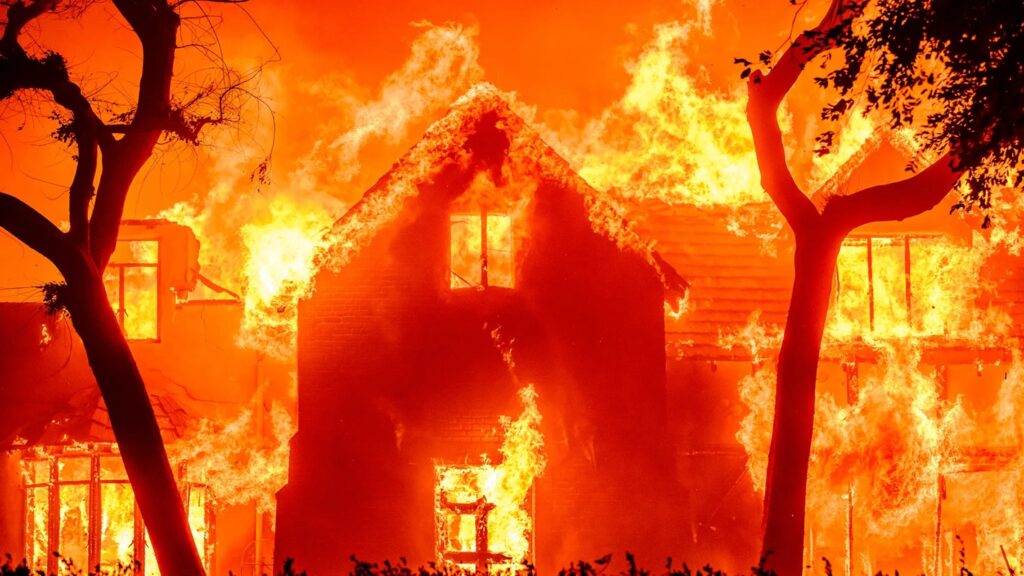LOS ANGELES — After nearly a month of destruction, thick smoke, and relentless flames, the Eaton and Palisades fires have finally been fully contained, according to Cal Fire.
The two fires ignited on January 7 during a historic wind event, tearing through Pacific Palisades and Altadena. The blazes resulted in the deaths of at least 29 people, scorched over 37,000 acres (57.8 square miles), and destroyed countless homes and livelihoods.
“The conditions that night were unbearable,” Los Angeles County Fire Chief Anthony Marrone said in an interview with 60 Minutes. “It was a devil wind that came out, you know, that extreme Santa Ana wind condition.”
Currently under investigation, the Eaton and Palisades fires rank as the second and third most destructive wildfires in California history, according to Cal Fire.
PCH to Reopen, But Checkpoints Remain in Palisades
Los Angeles Mayor Karen Bass announced that Pacific Coast Highway (PCH) will partially reopen on Monday, with one lane of traffic in each direction and a reduced speed limit.
However, security checkpoints will remain in the Palisades, with enforcement duties shifting from the Los Angeles Police Department (LAPD) to the California Highway Patrol (CHP) and the National Guard.
The decision to keep checkpoints in place stems from community concerns about safety in the burn areas. The city had initially planned to remove the checkpoints by Sunday, as reported by the Los Angeles Times.
“This plan secures the Palisades and eases the strain on LAPD, whose ability to respond across L.A. has been impacted for nearly one month,” Mayor Bass stated. “My priority continues to be rebuilding the Palisades as rapidly and safely as possible.”

Toxic Debris Creates New Challenges for Rebuilding
As Southern California breathed a collective sigh of relief at the fires’ containment, new challenges emerged: the massive amount of toxic debris left behind in the burn areas.
Experts warn residents not to return home and sift through the remains of destroyed properties due to high toxicity levels in the ash and debris.
“Residents should not, not, not go home and sift through the debris,” cautioned Katie Arrington, a disaster recovery expert who helped manage the 2021 Marshall Fire in suburban Denver, which destroyed about 1,000 homes.
“It is highly toxic debris. It’s the mixing of all the materials together, along with it burning. It’s not just your house, but your neighbor’s houses, your car in the driveway.”
According to Arrington, who works for Boulder County’s Recovery and Resiliency Division, removing toxic debris from homes destroyed in the 2021 Marshall Fire took six months and required specialized contractors licensed to handle hazardous materials.
For Los Angeles, the road to recovery will be long and complex, requiring careful handling of fire-damaged areas before rebuilding efforts can begin in full force.






